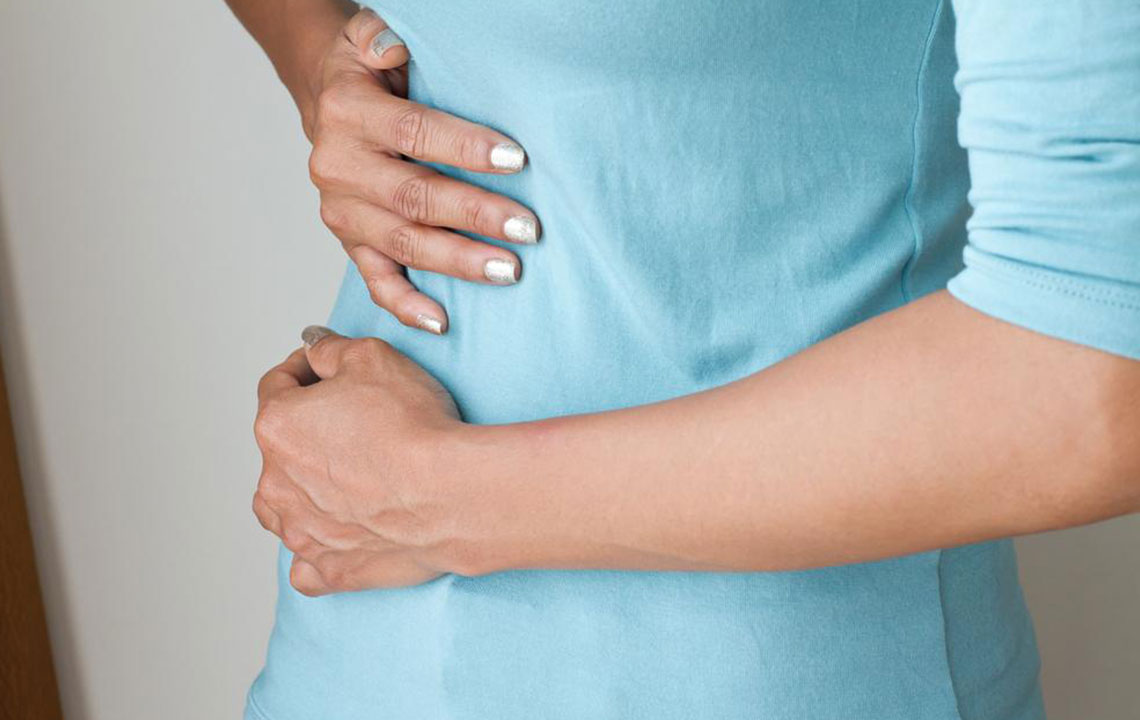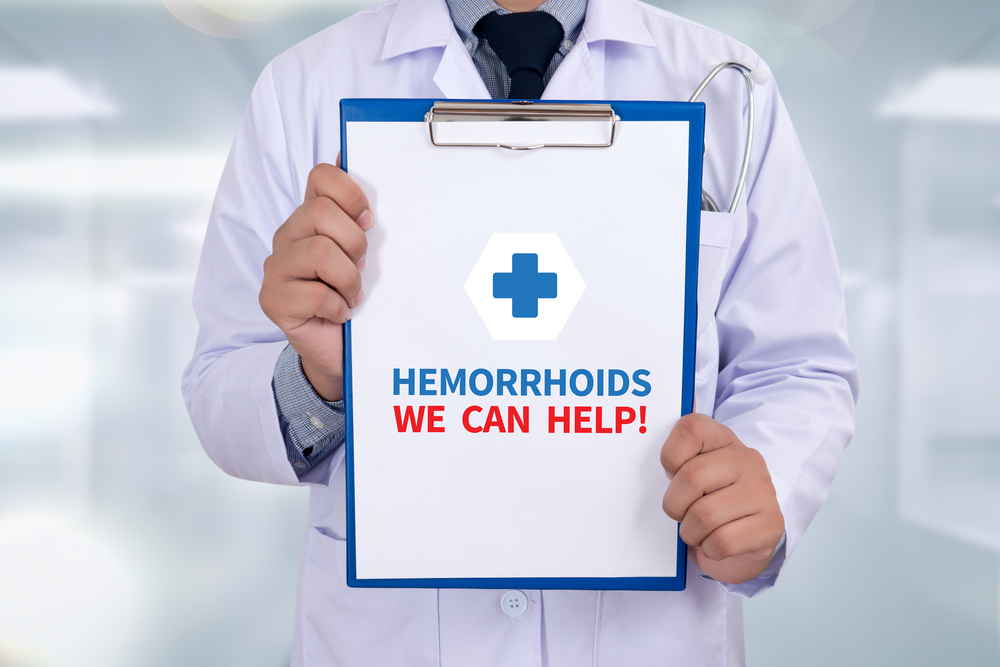Complete Guide to Hemorrhoids: Causes, Symptoms, and Prevention
This comprehensive guide explains hemorrhoids, detailing their causes, symptoms, and prevention methods. It covers both internal and external types, treatment options, and lifestyle tips to manage and prevent this common condition effectively. Learn how to identify signs, seek appropriate care, and adopt habits that reduce the risk of developing hemorrhoids for better rectal health.

Complete Guide to Hemorrhoids: Causes, Symptoms, and Prevention
Hemorrhoids, also known as piles, are swollen blood vessels located in the walls of the rectum and anus. These vessels are cushioned by muscles and tissue, but increased pressure can cause them to swell, leading to discomfort. They are common health issues that can develop at any age, especially as vein tissues weaken over time. Mild hemorrhoids often resolve without treatment, while larger or inflamed ones may cause pain, irritation, and bleeding.
Management strategies include topical creams, lifestyle adjustments, and home remedies. Persistent or severe cases may require medical evaluation and surgical procedures.
Types of Hemorrhoids
Depending on their position, hemorrhoids are categorized into internal and external types. Internal hemorrhoids form inside the rectum above the dentate line and usually do not cause symptoms unless prolapsed or irritated. External hemorrhoids develop outside the anal opening and may become painful if they form clots or become inflamed.
Causes of Hemorrhoids
Elevated pressure in the rectal veins leads to swelling and discomfort. Contributing factors include:
Extended sitting periods, especially on the toilet
Straining during bowel movements
Chronic constipation or diarrhea
Lack of dietary fiber
Pregnancy
Excess weight
Poor posture or spinal issues
Anal intercourse
Signs and Symptoms
Common indicators involve:
Pain or discomfort while sitting
Swelling around the anus
Itching or irritation during defecation
Blood visible in stool
Painful lumps near the anal area
Diagnosis
External hemorrhoids are often visible during physical exams. Internal hemorrhoids require additional diagnostic tests, such as:
Rectal examination with a lubricated finger
Review of medical history for related symptoms
Anoscopy to view the anal canal and rectum
Colonoscopy or sigmoidoscopy if other conditions are suspected
Treatment Methods
Most cases can be managed with home remedies and conservative treatments. Severe or persistent hemorrhoids might need medical procedures or surgery. Home care options include warm sitz baths, stool softeners, increased fiber intake, and cold packs. Medical treatments include topical ointments, oral medications, laser therapies, or hemorrhoid removal surgeries, with stapling procedures being common to reduce swelling.
Preventative Measures
Preventive strategies focus on reducing pressure in the rectal area:
Eating a high-fiber diet
Maintaining good hydration
Engaging in regular physical activity
Avoiding prolonged sitting
Responding promptly to the urge to defecate
Minimizing straining during bowel movements
Using fiber supplements if necessary
Always consult your healthcare provider before beginning any treatment or lifestyle modifications for hemorrhoid management.


